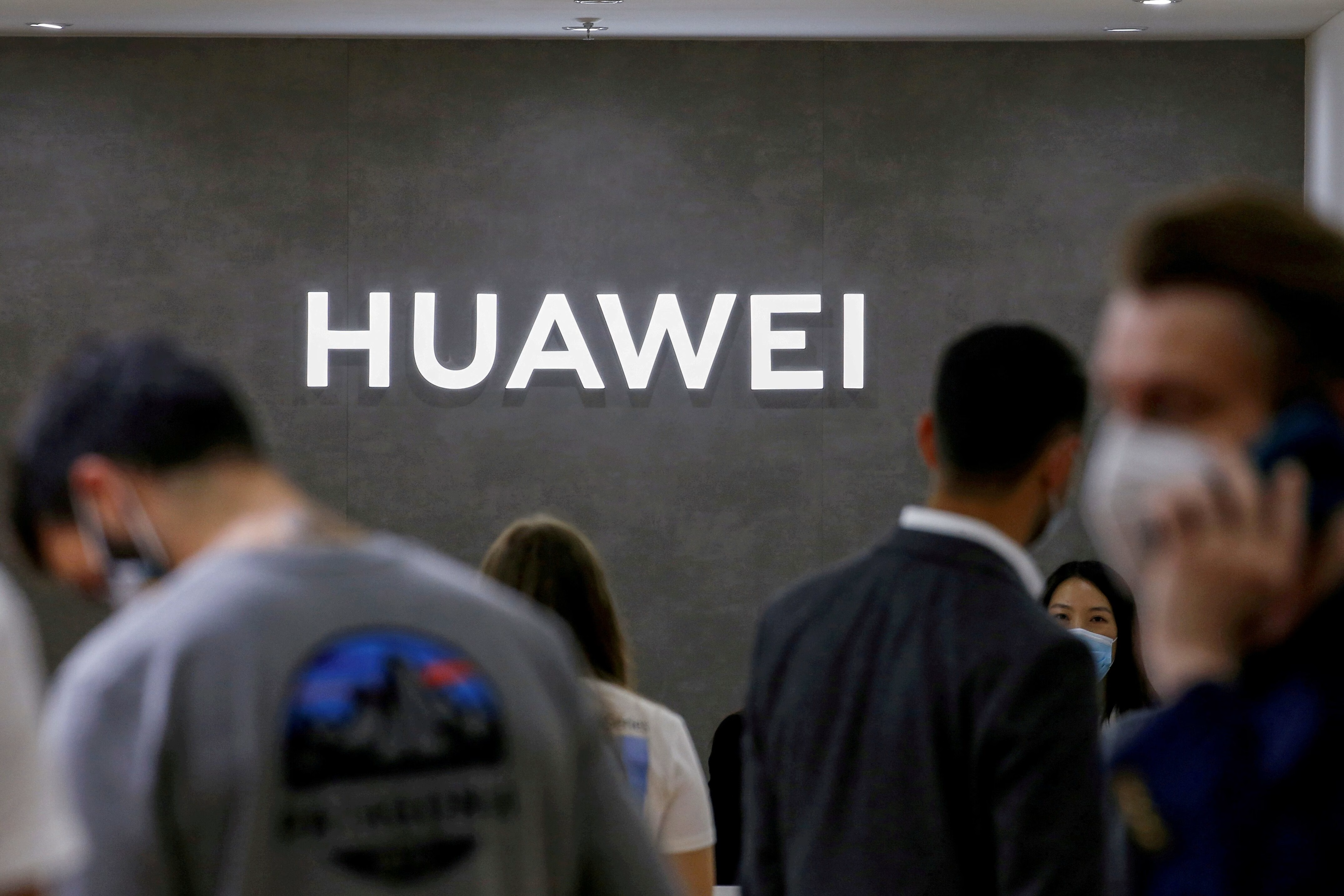Finland Moves to Fully Phase Out Huawei from 5G Core Networks
Helsinki, Finland – Finland's government announced plans on October 31, 2025, to significantly tighten restrictions on Huawei Technologies Co. equipment within its 5G networks. Citing persistent national security concerns, the decision mandates a complete phase-out of Huawei gear from the core elements of Finnish 5G infrastructure by the end of 2028. This move escalates Finland's existing partial ban, aligning the Nordic nation with a growing number of Western allies.
The directive requires telecom operators to submit comprehensive removal plans by December 31, 2025. This is a pretty tight deadline. Accelerated removals are specifically targeted for sensitive network areas, with implementation set to begin as early as 2026. The Ministry of Transport and Communications underscored that the decision prioritizes the resilience of Finland’s digital infrastructure against evolving threats, a crucial stance for a country that joined NATO in 2023.
Deepening Security Concerns and Regulatory Basis
This tightened stance isn't coming out of nowhere. It builds upon a October 29, 2025, parliamentary committee report that flagged vulnerabilities in existing Huawei installations. Finland's cybersecurity agency, Traficom, has also been consistent in highlighting potential espionage risks linked to high-risk vendors. This has been a recurring theme, after all, echoing similar warnings and subsequent bans seen in countries like Sweden since 2020 and the UK in 2021. The updated legislation expands on Finland's 2020 law, which had initially allowed Huawei equipment in non-core, less sensitive parts of the network, such as radio access.
The shift reflects a broader geopolitical trend, amidst escalating US-China tech tensions and an amplified focus on secure supply chains post-2022. It reinforces the EU’s 5G Toolbox guidelines, which advocate for member states to address potential security risks in their telecommunications infrastructure.
Economic Impact and Industry Reactions
Replacing the existing Huawei equipment won't be cheap. Operators are looking at estimated costs ranging from €200 million to €500 million, with Traficom's official assessment suggesting a minimum of €300 million. Some analysts are predicting this could translate to a short-term increase in consumer broadband prices by 5-10%. That’s a considerable sum, but the government suggests it’s a necessary investment for long-term security.
Huawei, predictably, expressed disappointment. "We regret this decision and believe it lacks evidence of security risks," a company statement to Reuters said, reiterating their compliance with international standards. On the other hand, Finnish telecom giant Nokia, positioned as a key alternative, was quick to affirm its support for secure network transitions and its readiness to provide reliable equipment. This dynamic isn't just playing out in Finland. Such bans globally have seen Huawei's market share in Europe drop significantly, potentially boosting competitors like Nokia and Sweden’s Ericsson by 10-15% over the next three years.
Broader Implications and Regional Alignment
Finland's decisive action sends a strong signal within the Nordic and Baltic regions. While Sweden already has a similar ban in place, this move might pressure other neighbors, like Denmark and Estonia, to accelerate their own assessments and potentially introduce stricter measures. The interconnectedness of regional digital infrastructure, especially with shared undersea cables, makes these security decisions consequential.
This tightening of the ban underscores Finland’s commitment to safeguarding its critical digital assets, aligning its national security policy firmly with its Western partners. The decision, though costly for operators, aims to build a more resilient and trustworthy 5G ecosystem for the future.
